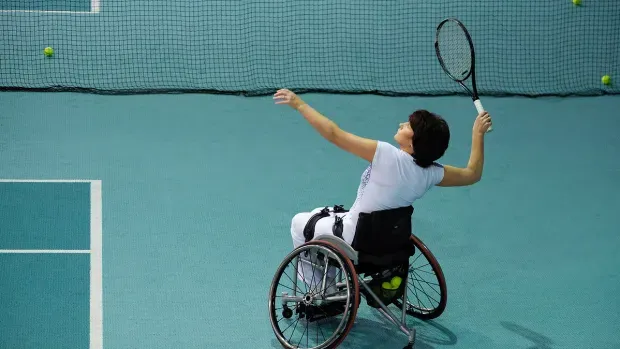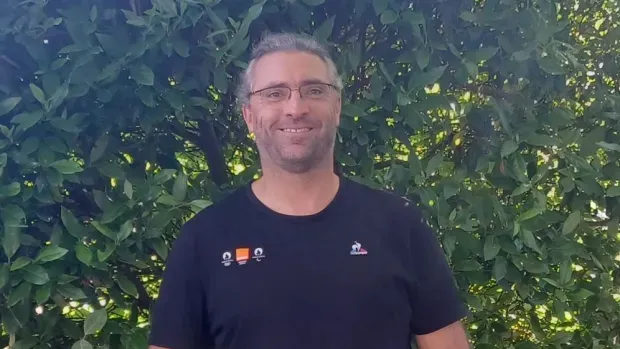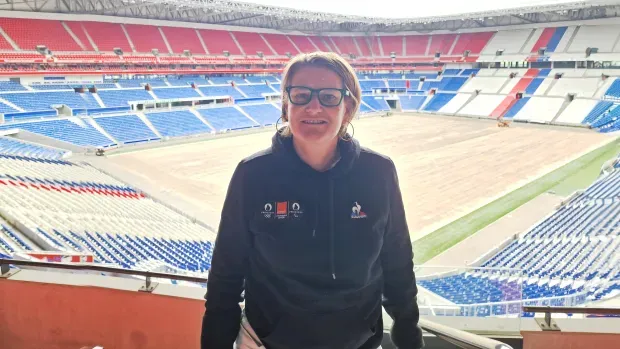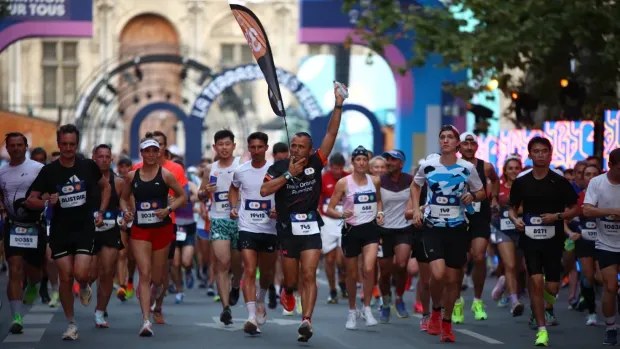While Paris 2024 promised to be an exceptional major event, Orange contributed to the aim of creating a greener model for the Games. That’s why we rolled out a concrete action plan to limit our emissions to less than 10,000 metric tons of CO2e.
As a Premium Partner and Official Supplier of Paris 2024, we connected :
120 official Olympic venues
14,900 athletes
900 sporting events
to make the Paris 2024 Olympic and Paralympic Games accessible to billions of viewers around the world.
For the first time, the entire technological challenge has been tasked to a single operator versus the five involved in Tokyo.
Broadcasting networks
Mobile and internet connectivity
Local networks for stadium data
Cybersecurity
Private communication network for the organizing teams
We provided all the essential services needed to ensure the competitions ran smoothly and could be watched autour du monde.
Goal: limit the impact of our technical deployment during the Paris 2024 Olympic and Paralympic Games
Since its initial bid to host the Games, Paris 2024 has been estimating its projected carbon footprint as accurately as possible. This insight has enabled the committee to set carbon targets for the end-to-end operation.
In line with our purpose, we’re aiming to build a more responsible digital world, and therefore improve our eco-credentials, illustrated by our goal of achieving Net Zero Carbon emissions by 2040 and also curtailing our environmental impacts throughout our business. Paris 2024 is no exception.
We have fully embraced the same Paris 2024 approach within our own technical deployment and aim to limit our carbon emissions to 10,000 metric tons of CO2e, which represents about 1,000 French people for 1 year, and less than 1% of the total estimated emissions of Paris 2024.
This is the first time that a dedicated telecoms carbon study has been estimated with such precision. By communicating this figure, we’re emphasizing our commitment and setting a new benchmark for future competitions.
Key actions and new standards for future major events
By studying our projected carbon footprint for our operations during the Paris 2024 Games in collaboration with the consulting firm Carbone 4, we have understood that 86% of our global footprint comes from equipment manufacturing and infrastructure deployment. The remaining 14% is related to our day-to-day work and travel by technical teams.
To reduce the 86% of our global footprint, we used more sea freight and local suppliers to avoid transmitting up to 4,000 metric tons of CO2e while transporting all the technical equipment needed for the Paris 2024 Olympic and Paralympic Games.
Choosing a unified architecture also contributes to reducing our carbon footprint. As the only operator responsible for telecoms deployment, we’re streamlining the number of device rentals and purchases to connect the various Olympic sites.
As part of our circular economy approach, which also helps reduce our carbon footprint, 25% of equipment has been rented and 75% has been reused on-site or redeployed to other sites. For example, we have reused 50% of our cables at the end of the competitions by implementing new processes for dismantling our cables.
“Reuse” is our main post-competition sustainability challenge and that’s why we left most of our infrastructure in place for ongoing use and dismantle the rest to be reused by other customers or events.
Orange and La Poste partner to give a second life to network equipment used during the Paris 2024 Olympic and Paralympic Games
- Approximately 90% of the Wi-Fi terminals and 78% of the switches from the Olympic sites will be installed at La Poste's locations in France beginning in 2025
- This extensive reuse plan is part of the legacy of Paris 2024, aiming for more sustainable Games
- La Poste employees will benefit from enhanced connectivity with refurbished cutting-edge equipment
In agreement with the Paris 2024 Olympic and Paralympic Organising Committee, which sets out our CSR commitments, and in line with our focus on controlling our carbon footprint, we are defining best practices and testing new processes that will serve as standards for our future events















